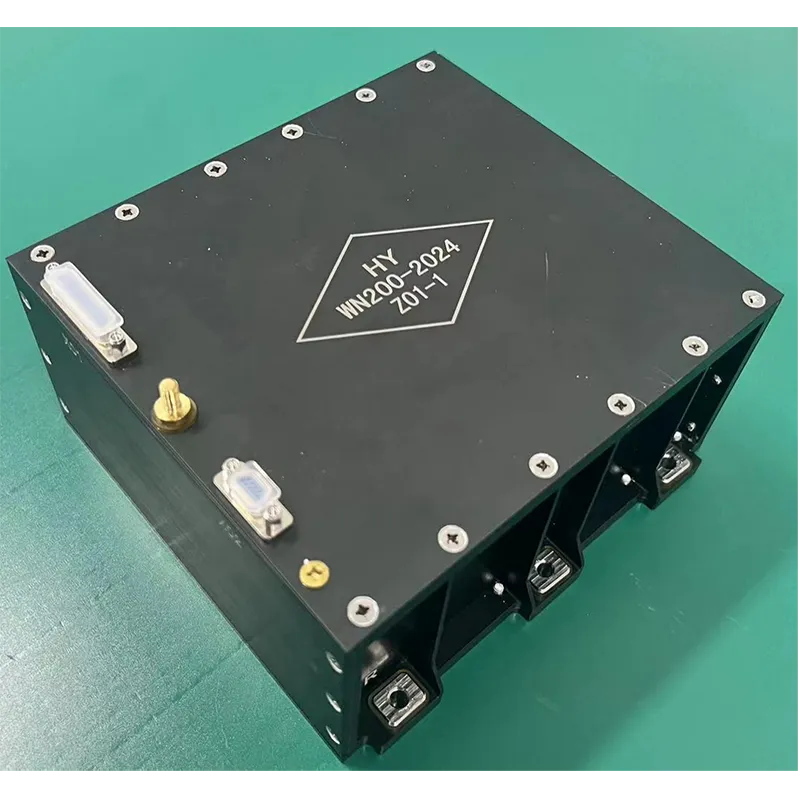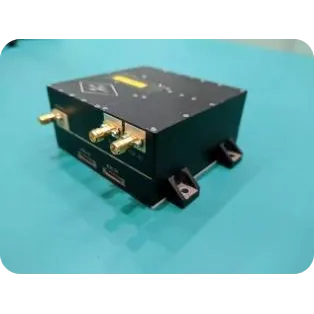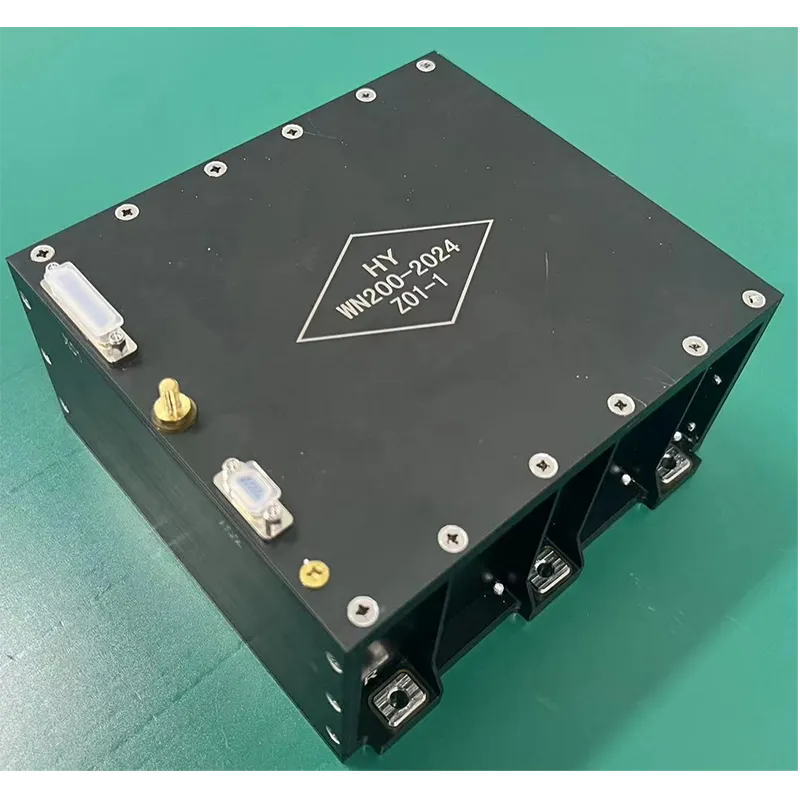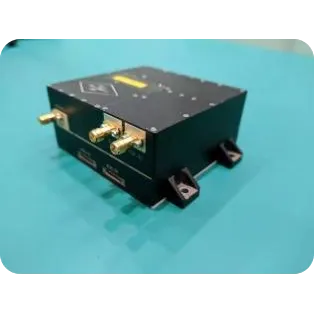
- Afrikaans
- Albanian
- Amharic
- Arabic
- Armenian
- Azerbaijani
- Basque
- Belarusian
- Bengali
- Bosnian
- Bulgarian
- Catalan
- Cebuano
- China
- Corsican
- Croatian
- Czech
- Danish
- Dutch
- English
- Esperanto
- Estonian
- Finnish
- French
- Frisian
- Galician
- Georgian
- German
- Greek
- Gujarati
- Haitian Creole
- hausa
- hawaiian
- Hebrew
- Hindi
- Miao
- Hungarian
- Icelandic
- igbo
- Indonesian
- irish
- Italian
- Japanese
- Javanese
- Kannada
- kazakh
- Khmer
- Rwandese
- Korean
- Kurdish
- Kyrgyz
- Lao
- Latin
- Latvian
- Lithuanian
- Luxembourgish
- Macedonian
- Malgashi
- Malay
- Malayalam
- Maltese
- Maori
- Marathi
- Mongolian
- Myanmar
- Nepali
- Norwegian
- Norwegian
- Occitan
- Pashto
- Persian
- Polish
- Portuguese
- Punjabi
- Romanian
- Russian
- Samoan
- Scottish Gaelic
- Serbian
- Sesotho
- Shona
- Sindhi
- Sinhala
- Slovak
- Slovenian
- Somali
- Spanish
- Sundanese
- Swahili
- Swedish
- Tagalog
- Tajik
- Tamil
- Tatar
- Telugu
- Thai
- Turkish
- Turkmen
- Ukrainian
- Urdu
- Uighur
- Uzbek
- Vietnamese
- Welsh
- Bantu
- Yiddish
- Yoruba
- Zulu
The Evolution and Applications of Advanced Optical Measuring Instruments
The rise of precision engineering and nanotechnology has elevated the importance of optical measuring instruments in a wide range of industries. These devices, including the optical profilometer, 3d optical profilometer, and optical surface roughness tester, enable researchers and manufacturers to gain detailed insights into surface properties and particle characteristics without damaging the sample.
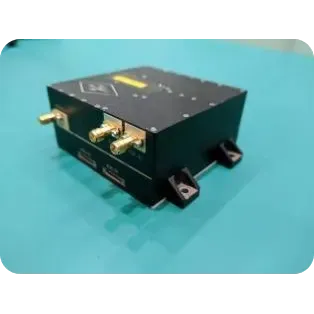
Non-Contact Measurement with Optical Profilometers
Traditional surface measurement techniques often involved contact probes that could alter or damage delicate materials. However, the advent of the optical profilometer revolutionized surface metrology by providing a non-contact method to measure surface topography. Using light interference patterns, these instruments produce detailed 3D surface maps that help evaluate surface defects, roughness, and texture.
The 3d optical profilometer offers an enhanced perspective by combining multiple measurement angles to reconstruct precise surface geometries. This capability is essential in semiconductor wafer inspection, precision optics, and biomedical device manufacturing, where surface uniformity directly impacts device performance.
Spectroscopic Analysis and Particle Measurement
Optical technology also extends deeply into spectroscopic analysis. Instruments like the optical emission spectrometer and optical spectrometer detect and analyze light emissions or absorption from materials to determine chemical composition and molecular structures. This information is crucial in fields like materials science, environmental monitoring, and pharmaceuticals.
On the other hand, particle measurement devices such as the optical particle counter and optical particle sizer provide critical data about the size distribution and concentration of particles in gases or liquids. These instruments are invaluable for quality control in cleanroom environments, pollution control, and aerosol research.
Enhancing Quality Control with Optical Surface Profilers
An optical surface profilometer or optical surface profiler offers precision measurements of surface roughness and texture. Using these instruments, manufacturers can identify microscopic surface irregularities that may affect product quality or durability. The optical surface roughness tester is particularly useful for assessing coatings, machined parts, and manufactured components.
The ability to perform rapid, accurate surface measurements without physical contact increases throughput and reduces the risk of sample contamination or damage. As industries demand tighter tolerances and higher quality standards, these optical measuring instruments play a pivotal role in maintaining excellence.
Integration and Future Trends in Optical Instruments
Modern optical instruments increasingly integrate multiple functions—profilometry, spectroscopy, and particle analysis—into compact, user-friendly systems. Advances in software and data processing allow real-time visualization, automated reporting, and enhanced measurement repeatability.
Emerging trends focus on improving resolution, measurement speed, and portability, with innovations like handheld optical profilometers and miniaturized optical particle counters expanding applications in field testing and on-site quality control.
In summary, the continual advancement of optical measuring instruments such as optical profilometers, optical emission spectrometers, and optical particle sizers is transforming material analysis and quality assurance. These technologies offer non-invasive, high-precision measurements essential for research, manufacturing, and environmental monitoring, supporting innovation and improved product performance.






